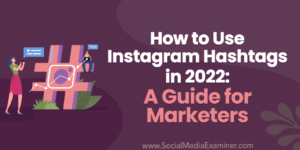 Do you need assistance publishing your book?
Do you need assistance publishing your book?Congratulations Gebo-books on Publishing Your New Dating Book!
 Do you need assistance publishing your book?
Do you need assistance publishing your book?By yclmanager5
 Do you need assistance publishing your book?
Do you need assistance publishing your book?By yclmanager5
 Hashtags can be confusing! Are they entertaining additional content or marketing tools? This article explains how to make them marketing tools so your IG content reaches more people.
Hashtags can be confusing! Are they entertaining additional content or marketing tools? This article explains how to make them marketing tools so your IG content reaches more people.
By yclmanager5

The Houston Chapter of CSI (Construction Specifications Institute) has been a YCL client for over 10 years!
We just updated their WordPress website to reflect the organization’s new logo and goals.
We started with a new design developed with a member committee. There was a mixture of new and old content to put on the site including several years of blog posts with chapter history.
We’re very proud of the results! Take a look!
By yclmanager5
YCL has the ability to produce videos for you that include still photos, animation, music and, most importantly, powerful Calls To Action. You want each video to lead the viewer to the next step in your sales funnel. This video discusses CTAs. Call today and YCL will help you create the CTAs and an effective video.
By yclmanager5
Your Computer Lady regularly sends clients 2-5 reports from Google Analytics to show the traffic on their website. It is crucial information so you know what is happening on the site and what information your visitors find worthwhile. Marketing without measurement is not good marketing!
HEADS UP!!
Google has completely re-written Analytics. Yes, it is a whole new program with a totally different structure.
Today
July 1, 2023
December 31, 2023
GOOD NEWS!!
We have 1.5 years to get ready for the changeover.
What Needs to Be Done
Because Analytics 4 is totally different software there is going to be a learning curve.
YCL is already working on the process and learning Analytics 4 so that everyone will be properly set up well before July 2023. We will not wait until the last minute.
I’m bringing this to your attention now so that you will understand the notices you get from Google or news articles that you see. Don’t panic! Your Computer Lady has got your back! I’ll keep you posted as more information becomes available and as I experiment with the YCL website.